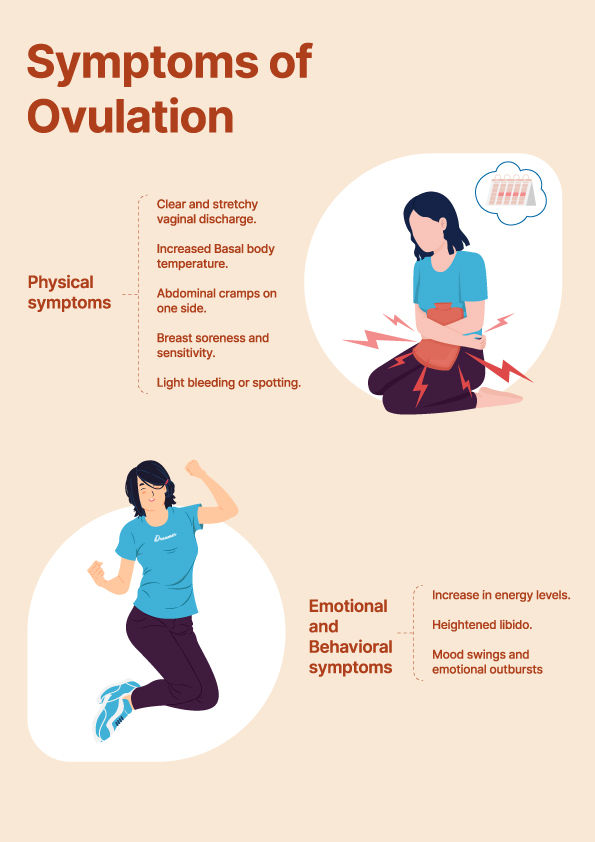Introduction to Ovulation Tracking
Doesn't tracking your ovulation sometimes feel like a guessing game? You’re trying to time everything perfectly, but feeling unsure or overwhelmed is easy. If you’ve ever wondered if there’s a better way to track your cycle, you’re not alone.
Whether you're excited about starting a family or want to learn more about your body, getting a handle on ovulation tracking can be very useful. In this article, we'll help you understand how to track ovulation and explore various natural methods.
What is Ovulation?
Ovulation is a key moment in your menstrual cycle when a mature egg is released from your ovary. This usually happens about once a month and is crucial for the possibility of pregnancy. So, what exactly goes down during ovulation?
When the time comes, the dominant follicle in your ovary bursts open, releasing the egg. This little egg enters through the fallopian tube and stays for about 12 to 24 hours, waiting for sperm to arrive. If sperm is present, there's a chance for fertilisation.
Here’s where it gets interesting: while the egg has a short lifespan, sperm can stick around in the female reproductive tract for up to 6 days. This means you have a fertile window of about 7 days each month—five days before ovulation and the day of ovulation itself when you’re most likely to conceive.



